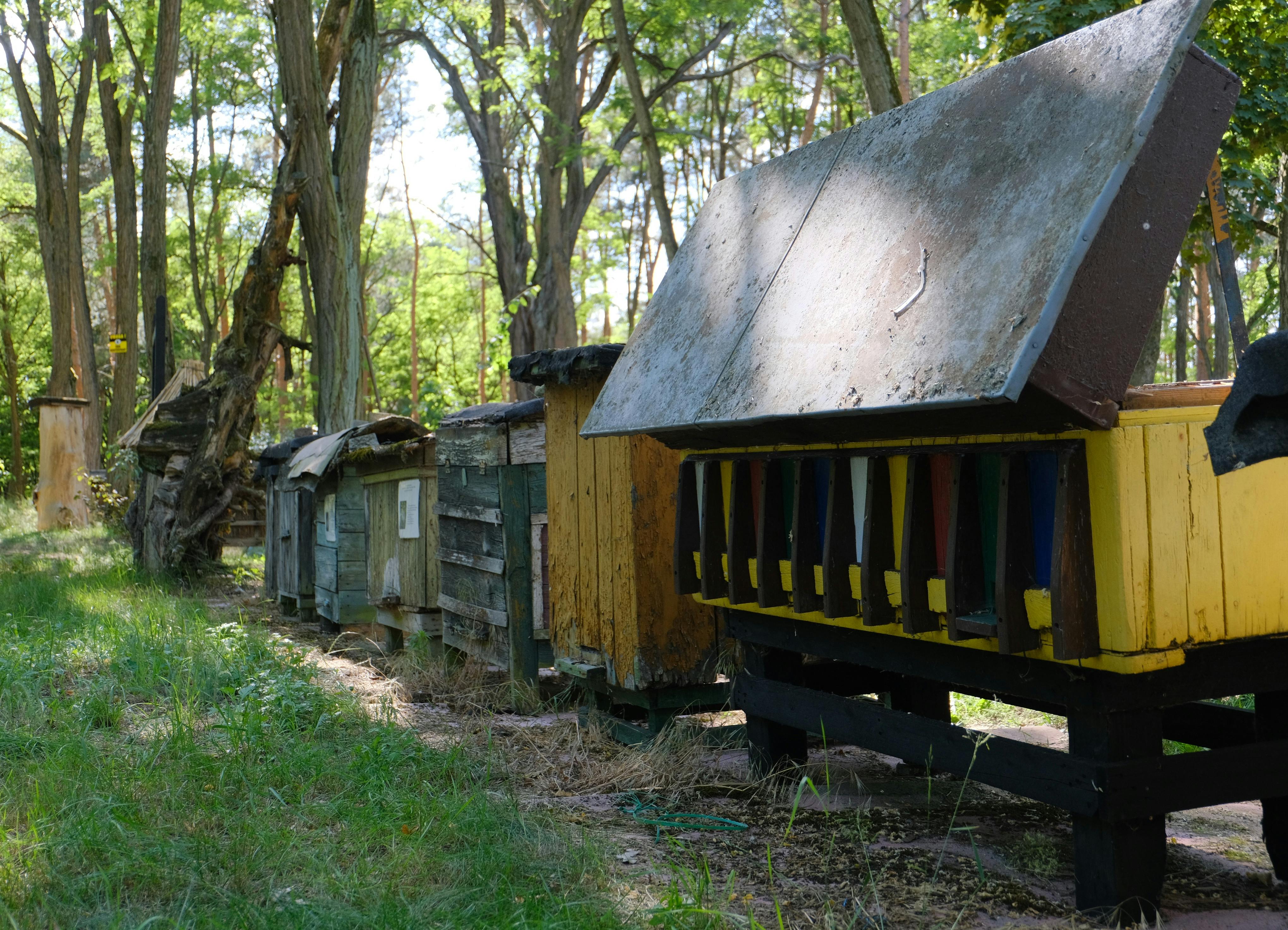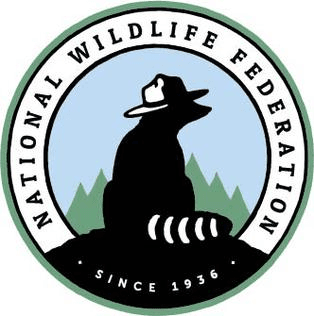
data-usecase-icon="donation_form"
Lancer un appel de sauvetage d'urgence
Utilisez un formulaire de don personnalisé pour rallier des sympathisants autour d'opérations urgentes de sauvetage d'animaux sauvages et obtenir des fonds immédiats pour les soins et la réadaptation des animaux.
data-usecase-cta= "donation_form"
data-usecase-icon="recurring_donations"
Lancer un cercle de donateurs Wildlife Guardians
Invitez les donateurs à rejoindre un cercle de donateurs mensuel qui apporte un soutien régulier aux projets de conservation, garantissant ainsi la protection d'habitats essentiels tout au long de l'année.
data-usecase-cta="recurring_donations" (dons récurrents)
data-usecase-icon="peer_to_peer"
Organiser une collecte de fonds pour le Wildlife Photo Challenge
Permettez à vos sympathisants de créer des pages personnelles de collecte de fonds et de partager des photos d'animaux sauvages, en transformant leur passion pour la nature en une campagne de pair à pair qui élargit votre base de donateurs.
data-usecase-cta="peer_to_peer"
data-usecase-icon="event"
Vendre des billets pour une excursion d'observation des oiseaux dans la nature
Organiser des activités d'observation guidée des oiseaux et vendre des billets en ligne pour faire participer les amoureux de la nature locaux, couvrir les coûts et financer les futurs efforts de conservation.
data-usecase-cta="event"
data-usecase-icon="store"
Ouvrir un magasin de produits écologiques
Offrez des produits écologiques de marque tels que des bouteilles d'eau réutilisables et des tee-shirts biologiques afin de sensibiliser le public et de générer des fonds continus - 100 % sans frais.
data-usecase-cta="store"
data-usecase-icon="adhésion"
Lancer une adhésion à Adopt-a-Species
Créer des niveaux d'adhésion pour que les sympathisants adoptent symboliquement des espèces menacées, reçoivent des mises à jour exclusives et soutiennent le travail de conservation à long terme.
data-usecase-cta="adhésion"
Comment Zeffy se compare-t-il aux autres plateformes de collecte de fonds pour Organisations de protection de la faune et de la flore
Frais | Vous gardez | Vous perdez | ||
|---|---|---|---|---|
0 % de frais de plateforme et de traitement | $50,000 | $0 | ||
2,9 % + 0,30 $/transaction | $48,400 | -$1,600 | ||
2,2 % + 0,30 $ + ~2,35 % de frais de plateforme | $47,500 | -$2,500 | ||
2,9 % + 0,30 $/transaction | $48,350 | -$1,650 | ||
3,7 % + 1,79 $/billet + 2,9 % de frais de traitement | $46,550 | -3 450 $ (estimation) | ||
1.99% + $0.49 | $48,560 | -$1,440 |
100% gratuit, toujours.
Les 6 meilleures idées de collecte de fonds pour les Organisations de protection de la faune et de la flore
🦉 Promenade nocturne dans la nature
Organiser des promenades guidées en forêt le soir, en collectant des fonds grâce à la vente de billets, afin d'offrir une éducation immersive sur la faune et la flore et de soutenir directement des projets de conservation.
📸 Concours de photos sauvages
Lancez un concours de photos d'animaux sauvages en ligne - les frais de participation financent des projets d'habitat et les supporters votent avec de petits dons pour couronner leur cliché préféré.
🚣♂️ River Rescue Rafting
Organisez une excursion en rafting sur une rivière pittoresque afin de collecter des fonds pour financer la restauration des berges et permettre aux participants de se familiariser avec la protection de la faune et de la flore aquatiques.
🌿 Birdathon dans l'arrière-cour
Défiez les ornithologues de repérer des espèces dans leur jardin - les sponsors s'engagent à verser une contribution pour chaque oiseau repéré, ce qui stimule l'engagement de la communauté et permet de financer la conservation au niveau local.
🎬 Nuit du film écologique en plein air
Projection en plein air de films familiaux sur la faune et la flore, vente de billets et de snacks pour collecter des fonds et inciter les communautés à protéger les espèces menacées.
🍦 Wild Treats Social
Établissez un partenariat avec un glacier local pour proposer des parfums sur le thème des animaux et reversez un pourcentage des ventes de l'été au sauvetage des animaux sauvages et à la préservation de leur habitat.
Envie de plus d'inspiration ?
Découvrez plus de 40 organisations gratuites de protection de la faune et de la flore Organisations de protection de la faune et de la flore idées de collecte de fonds
Principales subventions pour Organisations de protection de la faune et de la flore en 2025

Programme de subvention de la Nation de la conservation
Nation de la conservation
Jusqu'à 5 000 USD
Ce programme soutient les conservateurs en début ou en milieu de carrière pour la conservation des espèces sauvages, la protection de la biodiversité et les pratiques durables ; les candidatures sont ouvertes à partir du 7 juillet 2025.

Opportunité de subvention 2025 du Fonds de conservation Disney
Fonds de conservation Disney
Non spécifié (variable)
Ce programme soutient les organisations qui travaillent avec les communautés pour protéger, restaurer et/ou réaménager les corridors de la faune sauvage ou les voies migratoires. La date limite pour soumettre une proposition complète est le 1er juillet 2025.

2025 Natural Community Conservation Planning Local Assistance Grant Program (Programme d'aide locale à la planification de la conservation des communautés naturelles)
Département de la pêche et de la faune (Californie)
Jusqu'à 576 000 dollars disponibles au total, dépendants de chaque bourse.
Aide les agences publiques locales, les tribus et les organisations à but non lucratif à mettre en œuvre les PCN ; l'appel d'offres se termine le 17 juillet 2025.

Subventions collectives aux membres
L'Alliance pour la conservation
Non spécifié
Attribue des financements pour des projets de conservation dans toute l'Amérique du Nord ; des informations sur le cycle de subvention collective des membres 2025 sont disponibles, avec une date limite potentielle autour du 8 juillet 2025.
Principales entreprises qui font des dons à Organisations de protection de la faune et de la flore en 2025

National Wildlife Federation (Fédération nationale de la faune et de la flore)
Partenariat avec des entreprises sur des initiatives stratégiques et de marketing de cause en faveur de la faune.

Société de conservation de la faune
Partenaire des entreprises pour la protection de la biodiversité, l'impact sur les moyens de subsistance des populations et la préservation des ressources naturelles.

The Nature Conservancy
S'engage auprès des entreprises pour faire avancer les missions de conservation et promouvoir des pratiques commerciales durables.

Global Conservation Corps
Travaille avec des entreprises sponsors et des donateurs pour soutenir la conservation des espèces sauvages par le biais de programmes d'éducation et de soutien.
Questions fréquemment posées
Zeffy est-il vraiment 100% gratuit pour les organisations de protection de la faune ? Quel est le piège ?
Oui, Zeffy est vraiment 100% gratuit pour les organisations de protection de la vie sauvage ! Nous ne facturons pas de frais de plateforme ou de traitement, et il n'y a pas de coûts cachés. Notre modèle est soutenu par les pourboires optionnels de généreux donateurs qui veulent nous aider à maintenir la gratuité pour des organisations comme la vôtre. C'est le seul avantage : plus d'argent reste dans votre mission !
Les organisations de protection de la faune et de la flore peuvent-elles utiliser Zeffy pour collecter des dons en faveur de la conservation des habitats ?
Absolument ! Les organisations de protection de la faune et de la flore peuvent utiliser Zeffy pour collecter des dons en faveur de la conservation des habitats, organiser des événements de collecte de fonds et même mettre en place des campagnes de dons récurrents, le tout sans frais. Chaque dollar collecté est directement affecté à la protection de la faune et de la flore.
Quels types de campagnes de collecte de fonds les organisations de protection de la faune et de la flore peuvent-elles mener avec Zeffy ?
Les organisations de protection de la faune et de la flore peuvent utiliser Zeffy pour diverses campagnes de collecte de fonds. Qu'il s'agisse d'organiser des collectes de fonds entre pairs, de vendre des billets pour des événements de conservation ou de mettre en place des dons récurrents pour un soutien continu, Zeffy soutient ces efforts sans aucun frais.
Quelle est la meilleure plateforme de collecte de fonds pour les organisations de protection de la faune et de la flore sauvages ?
Zeffy se distingue comme la meilleure plateforme de collecte de fonds pour les organisations de protection de la faune et de la flore car c'est la seule qui soit vraiment 100% gratuite. D'autres plateformes peuvent prétendre être gratuites, mais elles incluent souvent des frais de traitement ou des coûts cachés. Avec Zeffy, tous les fonds collectés vont directement à votre mission, ce qui renforce la confiance des donateurs et maximise votre impact.













